By Arnold Blumberg
Prior to the Russo-Finnish War, problems were already setting in for Russia and Germany. The hugely cynical German-Soviet nonaggression pact, concluded in August 1939, assigned the Baltic region of eastern Europe to the exclusive sphere of influence of Communist Russia. Soviet leader Joseph Stalin immediately embarked on a program to annex traditionally Russian-dominated territory in the area, including Estonia, Latvia, and Lithuania, to serve as an obstacle to any potential German invasion of the Soviet Union. With good reason, Stalin did not trust Nazi strongman Adolf Hitler to keep his word one second longer than Hitler thought expedient.
The Soviet leader feared that his pro-German—or at least anti-Russian—neighbor to the north, Finland, would join Germany in an assault on Russia. As a result, he demanded that the Russians be allowed to station troops in certain key areas of Finland, and that the Russo-Finnish border on the Karelian Isthmus between the Gulf of Finland and Lake Ladoga be moved 20 miles northwest to create a buffer zone to better protect the Russian city of Leningrad on the extreme eastern edge of the gulf. In return, the Soviets would give up some worthless wilderness land in eastern Karelia and enter into paperweight trade and defense treaties.
The Finns understandably resisted. The consequence of such concessions by the Helsinki government would have forced them to dismantle their defenses in the territory forfeited to the Soviets, leaving them bereft of the ability to defend themselves against future Russian aggression. Determined to preserve their hard-won independence, achieved from Russia in 1918, and misled by the delusion that the Western democracies would step in to deter any Communist attack, the fiercely patriotic Finns rejected all Soviet demands.
An Unprepared Red Army
Responding to the unexpected rebuff from Helsinki of Soviet demands, which he viewed as urgent and reasonable, Stalin ordered the Red Army on November 13, 1939, to prepare for an invasion of Russia’s northern neighbor, prompting the beginning of the Russo-Finnish War. Like the country it represented, the Red Army was a colossus on paper, with hundreds of divisions and thousands of aircraft and tanks. A war with Finland involving merely mathematical equations would be a short one indeed. But much of the Russian strength was more apparent than real. In 1939, the Red Army was still an unknown quantity. Born in the Russian civil war of 1918-1920, a conflict made up of scattered large-scale partisan operations, the Army was untried in conventional warfare, except for a short, sharp conflict with the Japanese in Manchuria in the spring and summer of 1939.
Although one of the largest military machines in the world, the Red Army was hard-pressed to adequately equip and maintain such a huge force. By the end of 1939, much of its equipment was obsolete, but the need to arm newly activated formations prevented the replacement of old infantry weapons, tanks, and planes. Even had all the combat weapons been perfectly up to date, the level of training of Russian troops in their usage was below par, as was the expertise and experience to put in place a logistical system that could properly support large-scale military operations.
The rank-and-file Russian soldier was not all that bad. Some units were better trained than others, but none was adequately prepared for the challenge of extreme winter warfare. Only a quarter of the Soviet Army’s entire strength could be devoted to the Finnish war effort, at least at the start. Garrisons in Poland, Romania, the Baltic States, and the Far East tied up some of its finest fighting formations. Initial Soviet forces committed to battle would be around half a million men.
The Great Purge
By far the most serious and crippling blow to the effectiveness of the Red Army at the brink of the Russo-Finnish War was the lingering effects of Stalin’s cold-blooded purge of its officer corps during the previous two years. The paranoid dictator, seeing plots against him at every turn, had decimated the Red Army leadership in an attempt to quash any potential obstacles to his absolute control of the country. Internal threats were always seen as the most immediate threat to his power. The existing Army, led by numerous ex-czarist officers, was considered by Stalin to be the primary menace to his regime. Hundreds of officers were systemically liquidated during the ensuing Great Purge. Stalin’s aim was the utter destruction of the Red Army’s leadership. In this he succeeded totally. Anyone who demonstrated the least amount of initiative or creative thought was disposed of in an NKVD prison cellar by a bullet to the back of the head. Marshals, generals, colonels, and even junior officers and NCOs were shot by the dozens. To fill the gaps, officers were rapidly promoted before they were properly trained for their new and higher responsibilities. It was not uncommon to find colonels in charge of divisions, majors heading up regiments.
To help the new, inexperienced leaders, a dual system of command was implemented. Political commissars were appointed at the regimental level to assure the reliability of field-grade officers. This also allowed for divided command, which would help control potential enemies inside the Army. But the commissars were more than mere political advisers; they had real authority over the conduct of military operations. Consequently, planning for military missions was secondary on everyone’s agenda, power and control being the primary goals. Much of the rigidity and snail-like pace of Soviet battle schemes could be attributed to the lack of unity of command, which permeated down to battalion level.
A Veteran Finnish Army
The Red Army’s opponent in late 1939 was a Finnish National Army of 33,000 men grouped in three infantry divisions, a light infantry and a cavalry brigade supported by about 15 artillery battalions, fewer than 70 aircraft, and a dozen French World War I-era Renault tanks. The regular army was backed up by territorial and home guard units. The most important of these was the territorial force, which when mobilized increased the Finnish Army to 127,000 men in nine infantry divisions. The Army Reserve had another 100,000 men, as did the paramilitary Civic Guard, allowing the Finns to field an army of more than 400,000 troops in 12 divisions of 14,200 men each. (A typical Russian division was over 17,000 men strong.) In support of frontline forces were 100,000 women of the Lotta Svard, or Women’s Auxiliary Army. In addition, small numbers of cavalry and Jaegers, acting as elite light infantry, the latter moving by bicycle, could be employed. Field artillery was chiefly 77mm field guns supplemented by 122mm howitzers. Heavy artillery consisted of 105mm and 107mm pieces, but there were few of these in the Finns’ arsenal. All artillery was horse drawn, and each battery held between four and six pieces.
In contrast to their Russian counterparts, many Finnish officers were veterans of World War I and the Finnish War of Independence. They were drawn from the aristocracy and thus were very anti-communist, and they typically led from the front. Finnish enlisted men were also very capable. Most were comfortable in winter conditions, could navigate through thick forests, and were crack marksmen. Along with an experienced, dedicated officer corps and committed frontline troops, the Finns were fortunate to have an Army commander who inspired confidence as well as providing unity of command. Born in 1867, Baron Carl Gustav Mannerheim was a Swedish-Finnish nobleman and career soldier who at the age of 19 had gone AWOL from a Finnish cadet program and joined the Imperial Russian Army, where he served with distinction during the Russo-Japanese War and World War I.
When Russia fell into revolutionary chaos in November 1917, Mannerheim returned to Finland and assumed leadership of the Finnish anti-Bolshevik military forces. Under his command, the Finnish Communists and their Russian supporters were crushed, and Finland obtained her independence from Russia. But after 1919, Mannerheim spent much of his time dabbling in right-wing politics. From 1931 to 1939, he was chairman of the country’s Defense Council. Favoring a policy of conciliation toward Stalin, he was nonetheless appointed commander of the nation’s military when war with Russia appeared imminent.
The Three Fronts of the Russo-Finnish War
Operations during the Russo-Finnish War would be divided among three distinct geographical areas: the Karelian Isthmus, the region immediately north of Lake Ladoga, and the area farther north of the lake. By far the most important front was the Karelian Isthmus north of Leningrad. Its open fields and partly cultivated woodlands made the topography conducive to large-scale mechanized maneuvers. A sprawling network of lakes, the isthmus was initially an obstacle, but once the lakes froze in mid-December, they became clear terrain. The isthmus, 65 miles across at its widest point, was protected by a Finnish defensive position known as the Mannerheim Line. The area located to the north of Lake Ladoga, called by the Finns Ladoga-Karelia, was a region less well developed and more heavily forested than the isthmus. With few major roads, that part of the country was best traversed on numerous logging trails that were mutually supportable. A successful thrust through this area could result in the outflanking of the Mannerheim Line.
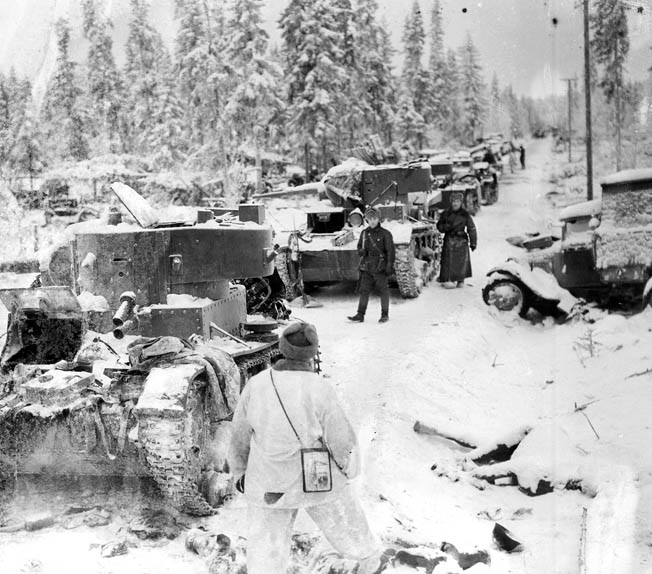
North of Ladoga-Karelia, the roads became scarcer and the forest even more impenetrable. Only a handful of rough paths traversed the central part of Finland, although communications improved as one proceeded west. What passed for roads in the country’s midsection were so far apart that Russian forces moving on parallel routes could not support one another. Worse, the poor roads could not handle heavy traffic and barely managed to support the movements of single Russian divisions traveling along them.
The most important objective for the Russians was the capture of the town of Viipuri at the northwestern corner of the isthmus. With the town’s vital road network in hand, the Soviets would have an easy pathway by which to penetrate into the populated western and northern portions of Finland. Soviet strategy for the prosecution of the war was to advance along the entire Finnish border in overwhelming strength, pushing the enemy hard from eight different directions by means of a coordinated westward advance. This would allow the Russians to hammer the Mannerheim Line from both front and rear. In the north, the plan was for the Murmansk-based Fourteenth Army (three mediocre infantry divisions with attached armor) to occupy the Lapland port of Petsamo and take the town of Oulu on the Gulf of Bothnia. With that accomplished, much of the aid coming to the Finns from Sweden would be blocked.
The midsection of Finland was to be attacked by Ninth Army, five rifle divisions along with a motley assortment of armored units, which would move westward to take as many of the Finns’ communications centers as possible, thus cutting the country in two. In the Ladoga-Karelia sector, the Russian objective was to turn the northern flank of the isthmus’s defenses by circling around Lake Ladoga’s north shore and striking the Mannerheim Line from behind. This vital task was assigned to the Russian Eighth Army, which comprised six rifle divisions and two tank brigades. Facing the Karelian Isthmus was the Russian Seventh Army, made up of 14 infantry divisions, three armored brigades, and a mechanized corps containing over 1,000 tanks. Supporting these units were considerable artillery assets. This force was to breach the Mannerheim Line by frontal assault, take the city of Viipuri, and sweep west toward the Finnish capital of Helsinki.
In overall operational control of the Soviet forces at the start of the war was Lt. Gen. Kirill Meretskov, commander of the Leningrad Military District since 1938. Having distinguished himself during the Russian Civil War, the chubby, non-professionally trained soldier had survived Stalin’s purges and was noted for diligence, if not inspired leadership. He estimated that the struggle with Finland would be concluded in 12 days.
A Responsive Finnish Strategy
The Finns’ strategy was one of wait and see. They guessed correctly about the size and scope of their enemy’s thrust up the Karelian Isthmus and at Suomussalmi in the central part of the country and prepared well to counter the attacks. But they underestimated the power of the Soviet attack on the Karelia-Ladoga axis, which was undermanned by friendly forces. The end game for the Finns was to hold on until the West came to their rescue or Stalin settled for a negotiated peace. Barring those results, the Finns were determined to fight to the last man.
On the eve of war, the Finns established a covering force stretching 625 miles from the Arctic Ocean southward toward the north shore of Lake Ladoga, with Civic Guard and reservists under Lt. Gen. Viljo Tuompo. From the north bank of Lake Ladoga and extending 60 miles farther north was Maj. Gen. Woldemar Hagglund’s 4th Corps, consisting of two infantry divisions. On the western side of the Karelian Isthmus stood the Finnish II Corps under Lt. Gen. Harald Ohquist, with three infantry divisions and advance troops operating forward of the Mannerheim Line. To the east, connecting with Lake Ladoga’s southern shore, were two divisions of the III Corps’s two infantry divisions and one detachment of covering troops. Overall command of the III and IV Corps was exerted by General Hugo V. Ostermann of the Army of the Karelian Isthmus.
Slowing the Russian Advance
On November 30, Russian air raids on Helsinki, Viipuri, and other Finnish cities and towns heralded the start of the Winter War. That same day, Soviet landing parties from the Baltic Fleet occupied several key Finnish islands in the Gulf of Finland. The next day, Meretskov stormed across the frontier with 120,000 men, 1,000 tanks, and 600 artillery pieces. From the start, Russian columns experienced massive traffic jams caused by the poor road conditions, snowstorms, and token Finnish resistance, which reduced the Russian advance to a crawl or immobilized it completely.
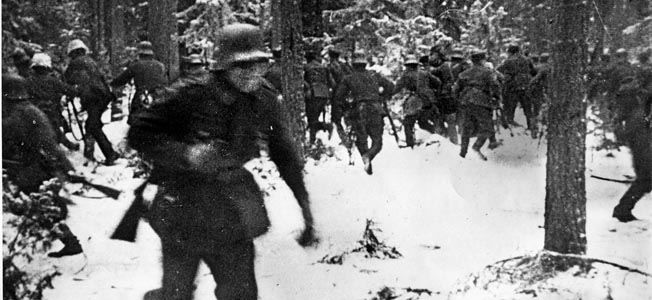
Prior to the Russian attack, the Finns had evacuated much of the population in the border area and conducted a scorched-earth policy to deprive the enemy of both shelter and sustenance. Hundreds of booby traps delayed the Russians and caused many casualties. Single Finnish snipers were able to halt large Soviet forces for hours. Because the Russians were sticking to the few good roads, their formations were bunching up, preventing them from properly deploying for battle. As a result, the separate columns were unable to support one another and were exposed to Finnish flank attacks.
At the outset of the war, the biggest threat to the Finns was the Russians’ tanks. The defenders had few antitank weapons and little training in using them. Although Russian tank tactics were crude, straight-ahead charges, they proved effective in driving the Finns back from the border to the Mannerheim Line during the first days of the war. But by the end of the first week, the Finns had discovered ways to counter the enemy armor: logs and crowbars jammed into the wheels of the steel monsters, Molotov cocktails (gasoline- and chloride potassium-filled bottles), and bunches of stick grenades or satchel charges placed on tank treads all proved effective armor killers. Eighty Russian tanks were destroyed by such methods during the border fighting. Although as many as 70 percent of the tank-busting squads became casualties, there was never a lack of volunteers for the extremely hazardous, close-quarter duty.
Defending the Mannerheim Line
By December 6, the Finns had withdrawn to the Mannerheim Line, a series of 109 reinforced concrete positions covering 80 miles. Fronting the line were vast fields of barbed-wire entanglements, thousands of mines planted on all likely avenues of approach, and five to seven rows of granite rocks sunk into the ground to serve as antitank obstacles. The line’s principal weakness was the fact that its pillboxes were too far apart to provide mutual fire support for each other. More critical was that the Finns did not have enough artillery or ammunition to support the line. Regardless, when defended by stubborn troops and attacked by poorly led Russian soldiers not properly supported by artillery or tanks, the Mannerheim Line proved formidable and effective.
Throughout most of December, the Russians attacked the Mannerheim Line, first on the left flank near the town of Taipale, then at Summa on the right. The fighting assumed a familiar pattern: the Russians would unleash a heavy artillery barrage, followed by frontal attacks by infantry and small groups of tanks that followed the tightly packed infantry column in the open. Deliberate and carefully laid down Finnish artillery and machine-gun fire (the latter at extremely close range) would come into play, plastering the Russians as they struggled through minefields and barbed wire and sending the Soviets into headlong flight.
By December 20, the first Soviet offensive on the Karelian Isthmus had failed. Seven infantry divisions and two armored brigades supported by 600 guns and 1,000 planes had not made a dent in the Mannerheim Line. The cost to the Russians was enormous—thousands killed, many more wounded or unable to function in the bitter winter conditions that even the Soviets were not equipped to contend with. More than 250 Russian tanks were destroyed.
The Finnish Counterattack
On December 23, the Finnish high command launched a counterattack from the Mannerheim Line. Lack of fresh troops and blasting snow storms coupled with fierce enemy resistance brought the attack to a halt that same day. The Finns lost 1,300 battle casualties in return for a few miles of ground gained. North of Lake Ladoga, in the Finnish IV Corps sector, the start of the war saw significant gains by the Russian 155th, 139th, and 168th Infantry Divisions on the left of the corps near the town of Suojarvi and southward to Lake Ladoga’s northern shore. The Finns had not anticipated the strength of the enemy attack in the area, leaving the section badly undermanned. The weak Finnish covering force was pushed back for five days until Mannerheim sent the 6th and 9th Divisions to the threatened sector to prevent the vital communication center of Tolvajarvi from falling.
Stinging small-unit raids, followed by larger battalion-sized attacks, enabled the Finns to stop the Russian advance north of Lake Ladoga. Confined to the few roads in the area because of deep snow and hampered by severe cold and lack of food and proper clothing, the demoralized Soviet forces were surrounded by the Finns in the foreboding forests. Pressured by their unseen enemy, the Soviets tried to retreat or hunkered down in the snowy waste to be surrounded and mopped up by the Finns. The battle for Tolvajarvi cost Finland 630 killed and 1,320 wounded. The Russians sustained 5,000 killed, 5,000 wounded, and 600 taken prisoner. Fifty-nine tanks and armored cars were destroyed. The victory at Tolvajarvi secured Finland’s northern flank for the rest of the war.
With the Tolvajarvi front stabilized, Hagglund initiated an attack on the Russian 18th and 168th Infantry Divisions and 34th Tank Brigade immediately north of Lake Ladoga, between Kitela and Syskyjarvi. After two false starts, the Finns launched their assault on December 26, first taking the village of Uomaa behind the Russian lines and cutting off their communications. This was followed by an assault by two Finnish task forces on a 10-mile front along the Uomaa road toward the north coast of Lake Ladoga. The aim was to cut off the advance elements of the 168th Division.
By the end of the first week of January 1940, the Russian Ladoga front was in tatters, with supply lines severed and many Russian battalions encircled because they had refused to retreat, instead digging in waiting to be surrounded by the Finns. The pockets of trapped Russians were soon known to the world as mottis, the Finnish word denoting a pile of timber destined to be chopped in to convenient lengths of firewood. Hagglund’s attack had created nine such mottis, including Lt. Gen. Andrei Bondarev’s 20-square-mile Great Motti containing much of the 168th Division.
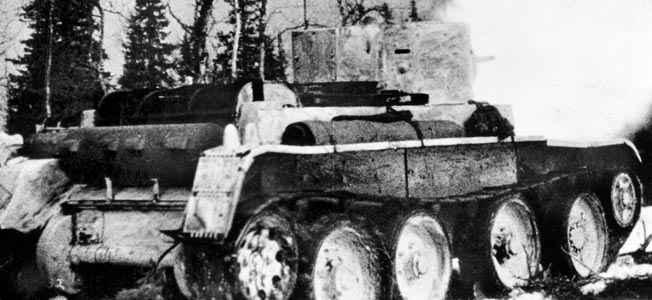
The Battle For Suomussalmi
As Hagglund’s mottis were forming, the action was heating up farther north. The Soviets had set their sights on Suomussalmi, a provincial town of 4,000 inhabitants located in Finland’s midsection. The Soviet 44th and 163rd Divisions of the Ninth Army were tasked with its capture. From there, they were to move on the town of Oulu, cutting off the country’s rail connection with Sweden. The 163rd was to advance on the town in two columns from the north and east, while the motorized 44th Division followed in support.
The 163rd moved slowly, its heavy equipment and transport forced to remain on the few roads in the area. Finnish ski troops slowed the unit even more by attacking supply bases and supply convoys in the rear. Nevertheless, the Russians took Suomussalmi on December 7. A few days later, Finnish reinforcements from the 9th Division arrived after traveling over a distance of 100 miles.
On December 11, without any artillery support, the Finns counterattacked the town, cutting off enemy supply lines and forestalling any possibility of a Russian retreat. The Russian 44th Division arrived within four miles of Suomussalmi on December 22 and was promptly blocked off and surrounded. On Christmas Eve, the trapped Russians attempted to break out to the east. The Finns adopted an elastic defense that lured enemy armor and infantry into the woods so they could be counterattacked by stealthily moving ski troops.
With the arrival of the 9th Division’s artillery assets, the Russians were pummeled by well-aimed fire. Their attack collapsed. The Finns then went over to the offensive on the 27th and destroyed the Russian 163rd Division three days later. Turning next to the enemy 44th Division, the Finns chopped the division into small mottis that were mopped up in turn. The fight for Suomussalmi cost the Russians over 30,000 men killed and captured, 43 tanks, and 270 other vehicles. The Finns lost 900 dead and 1,770 wounded in the grueling contest.
Breaking the Mannerheim Line
As 1939 turned into 1940, Stalin, disgusted with the war’s lack of progress, named General Semyon K. Timoshenko the new commander of the fight against Finland. Timoshenko’s chief of staff was General Georgi Zhukov, destined to become the greatest Russian general of the war. The Leningrad Military District was renamed the Northwestern Front, with the forces on the Karelian Isthmus reorganized into Thirteenth and Seventh Armies. First priority was given to breaking the Mannerheim Line. Armored units were concentrated in packs of 100 vehicles and ordered to work closely with their supporting infantry instead of charging ahead by themselves. Most importantly, the artillery was strengthened and concentrated (80 heavy guns to each mile of front), and better-coordinated barrages on enemy positions were planned to support advancing infantry and tanks.
The new Soviet attack on the Mannerheim Line commenced on February 1, 1940, with more than 300,000 artillery shells smashing into Finnish positions around Summa on the first day. The Russian ground attack was directed toward the city of Viipuri. Despite the new and improved tactics and better morale, one aspect remained the same: the Russians were still willing to accept massive losses in order to gain their objectives. These attacks, made by massed columns of closely packed men, were supported by air bombardment and artillery fire, followed by strong tank and infantry assaults. No matter how many men and vehicles were lost, the attacks would be repeated in each division’s assigned sector, up to five times a day, with fresh units thrown into the cauldron of battle.
The Russian advance on February 2 and 3 repeated the pattern of the first day, but was even more powerful. Fighting was fierce around Summa, with the Finns knocking out 90 tanks while laboring under artillery shelling of 400 rounds per minute. As the days passed, the Finnish strongpoints fell to the Soviet attackers. A week later, the Russians widened their attacks by hitting positions from Taipale to the Gulf of Finland.
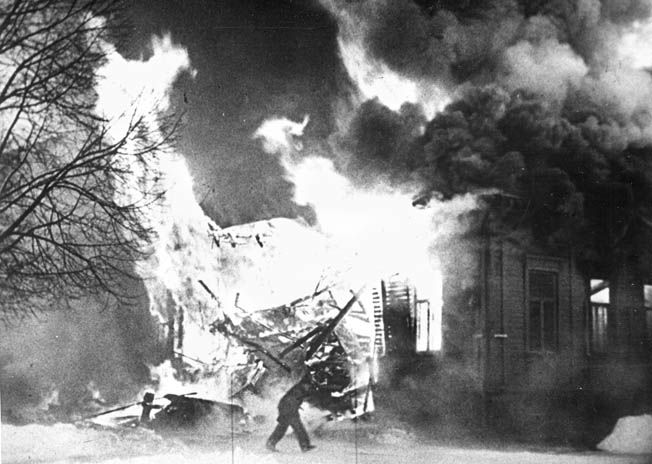
Finally, on February 11, the inevitable occurred—the Russians broke through the Mannerheim Line northeast of Summa. The Russian 123rd Division with its attached 35th Light Tank Brigade punched through the weakened and exhausted defenders after a furious two-and-a-half-hour artillery barrage and established a salient in the enemy lines. The Finns counterattacked on the 13th but were repulsed. That same day, a strong Russian armored column was poised to roll past the Lahde crossroads straight for Viipuri. Unaccountably, the force halted to await reinforcements, allowing the Finns to shore up their defenses and stop the threatened advance on Viipuri.
The Last Line of Finnish Defenses
The pressure along the entire Karelian front continued to increase. As a result, Mannerheim ordered the II Corps to retire to a position farther back from Summa, called the Intermediate Line. The new site varied in strength widely from sector to sector. In the area fronting Viipuri, it was as strong as the Mannerheim Line. On the 18th, another crisis brewed for the Finns as a Soviet division almost took Taipale on the other side of the Karelian Isthmus.
By February 24, the Intermediate Line was bending at several places. At one of the threatened points, Honkaniemi Station, the Finns launched their only tank attack of the war, using five British-made Vickers light tanks sporting 37mm guns. The Finnish tanks were routed when they ran into several Russian tanks firing much larger 76mm shells. Not long after the failed tank attack, Mannerheim ordered a retreat to the Rear Line, an area west of Viipuri where numerous lakes made for good defensive ground.
On February 28, Timoshenko carried out an attack on the entire Rear Line. He felt confident; the Mannerheim Line had held for 78 days, the Intermediate Line for only 12 days. Timoshenko reasoned that the third Finnish defensive line could not be very strong—and there was no fourth line.
As March approached, the Finns hoped that the Isthmus Army could hold out until the spring thaw melted the frozen lakes and gulf, creating a protective quagmire shielding Viipuri. Aware of the coming thaw, the Soviets pressed ahead with their attack on the Rear Line on March 2. The next day, the XXVIII Army Corps landed on the western coast of the Viipuri Gulf. Some 30 Russian divisions, 1,200 armored vehicles, and 2,000 aircraft began hammering the Rear Line and the gulf.
Over 200,000 Russians and 25,000 Finns Killed
By mid-March, the loss of territory and of men—75,000 killed or wounded since the start of the war—had exhausted the Finnish nation. It was also obvious that no help would be coming from the Western powers. The Helsinki government requested and was granted a cease- fire on March 13. There was nothing left to do but count the cost: 25,000 Finns killed (about 2.6 million in 1939 American terms), with another 44,000 wounded. The Russians claimed 215,000 died or wounded. (Modern authorities speculate that the real number of Russian dead was 230,000 to 270,000, with an additional 200,000 to 300,000 wounded.) The Finns also destroyed 2,300 armored vehicles and 700 Russian planes
In the end, Finland lost the Karelian Isthmus and had to allow Soviet basing rights at the port of Hango. More than 420,000 Finnish civilians were displaced as a result of the political settlement. But the most amazing result of the savage war was that the Finns retained their independence. For Stalin and the Soviet Union, the victory was bittersweet. The Winter War had cost them enormous national prestige and encouraged Adolf Hitler to look ever more closely at an eastward invasion of Mother Russia—an invasion that would begin in June 1941, code-named Barbarossa.
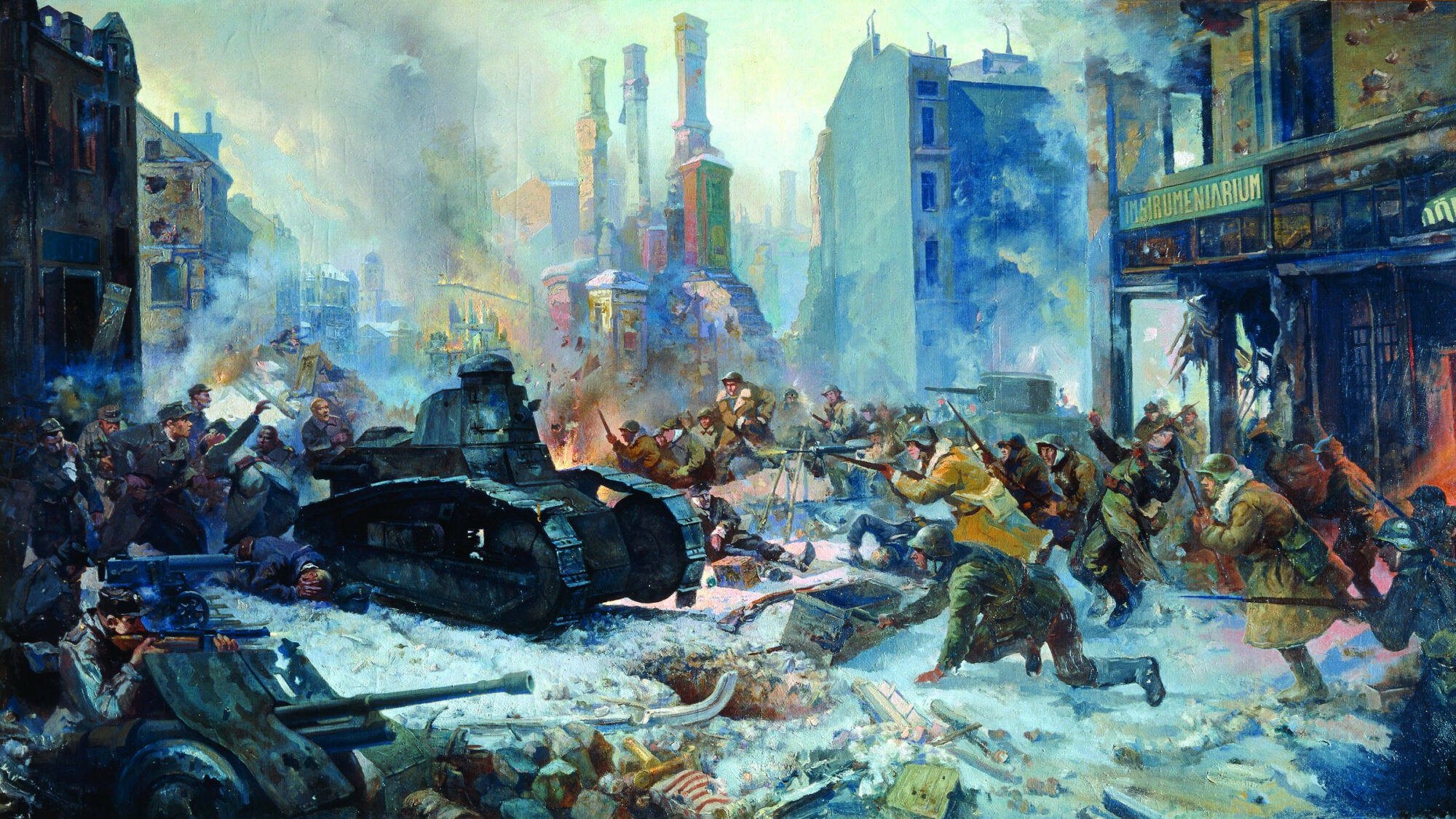
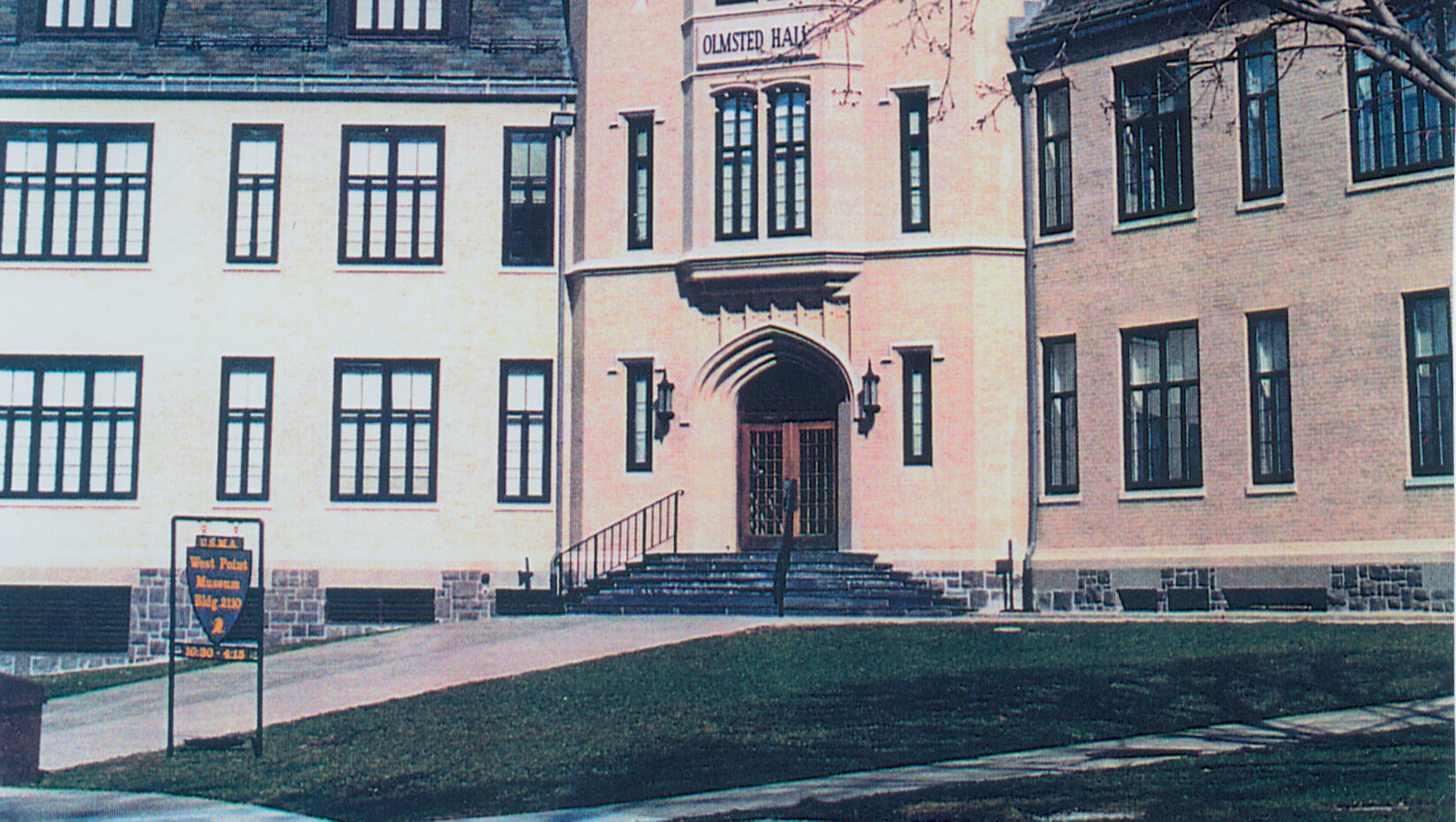
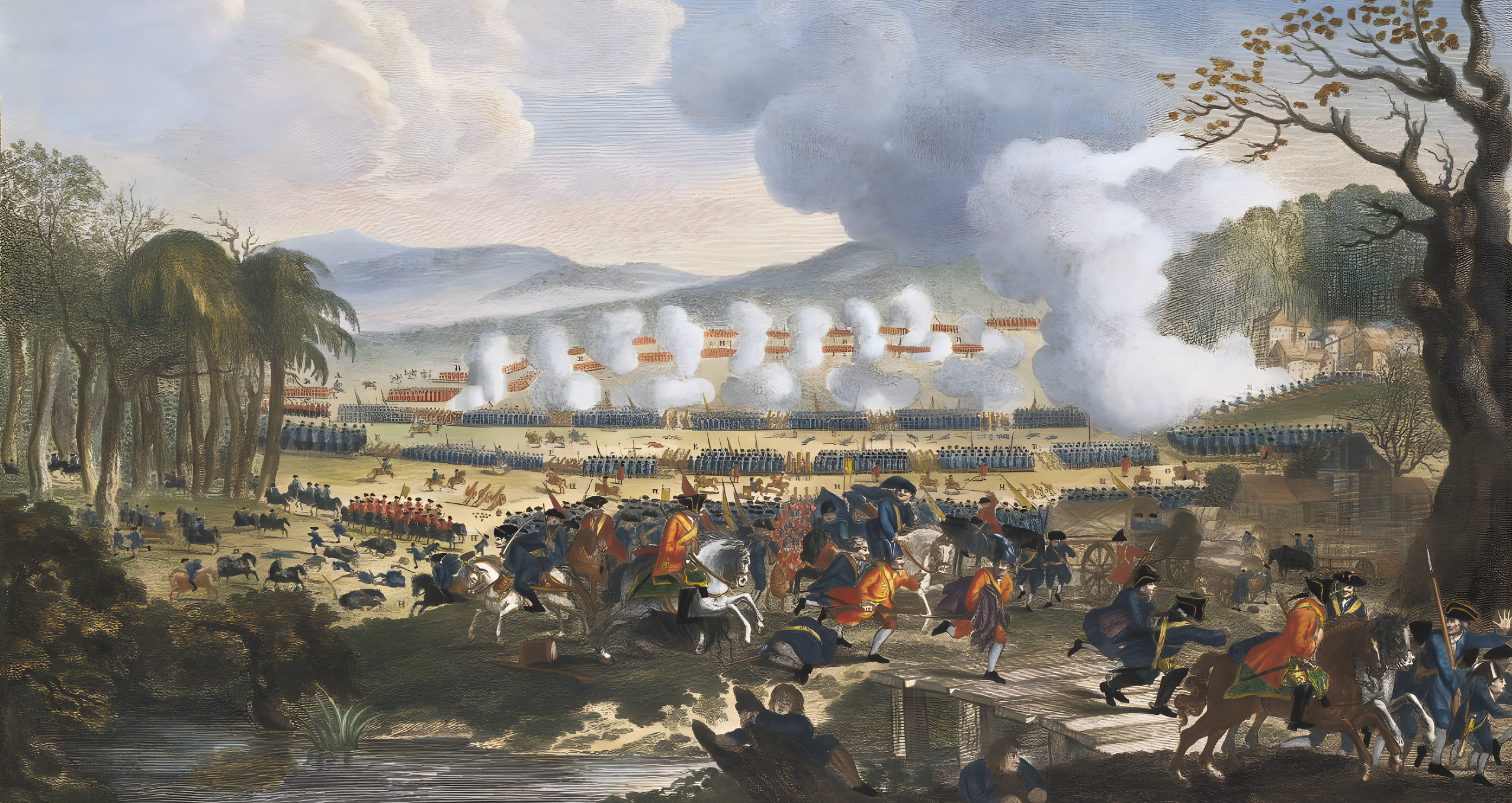
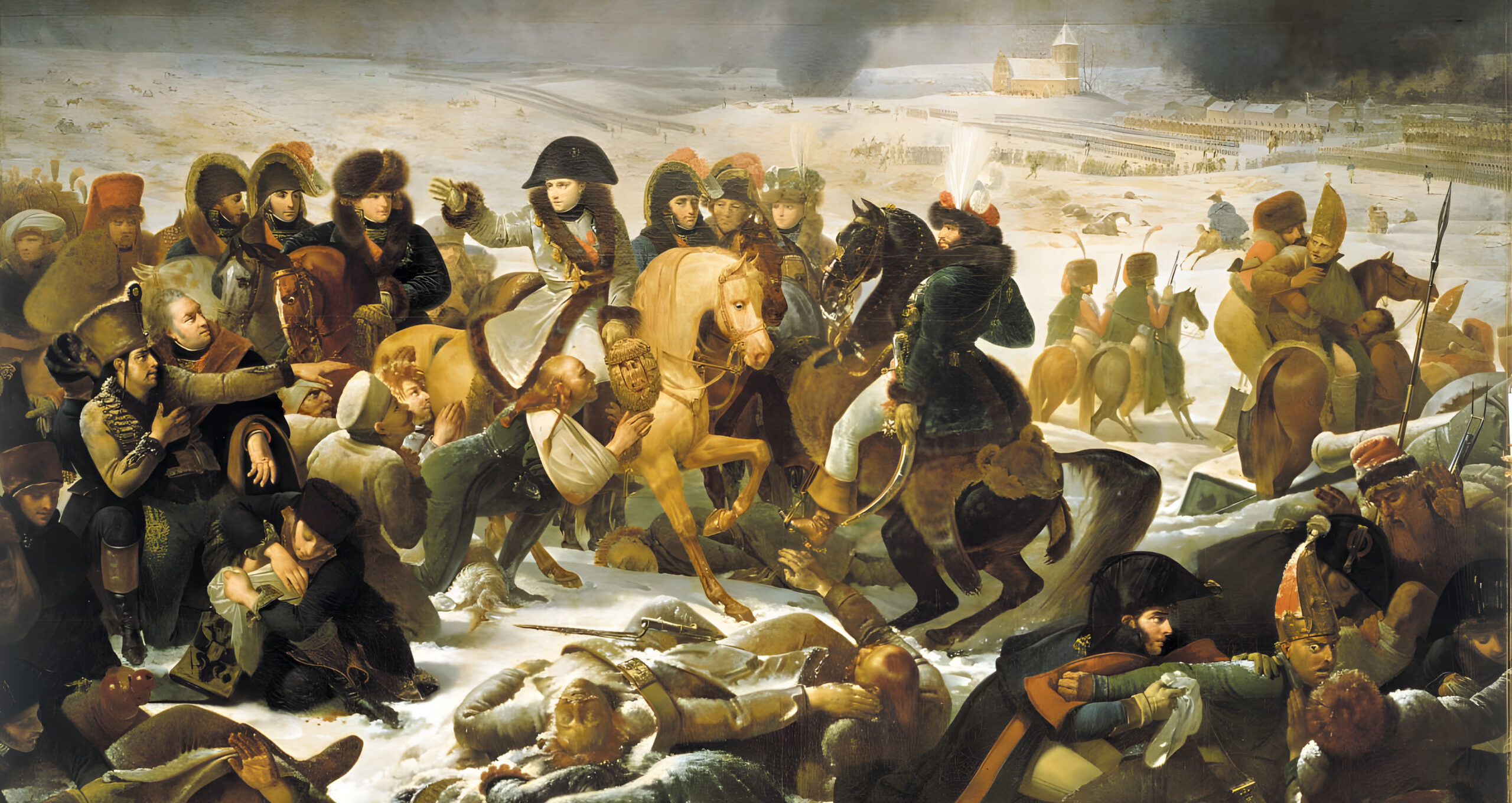
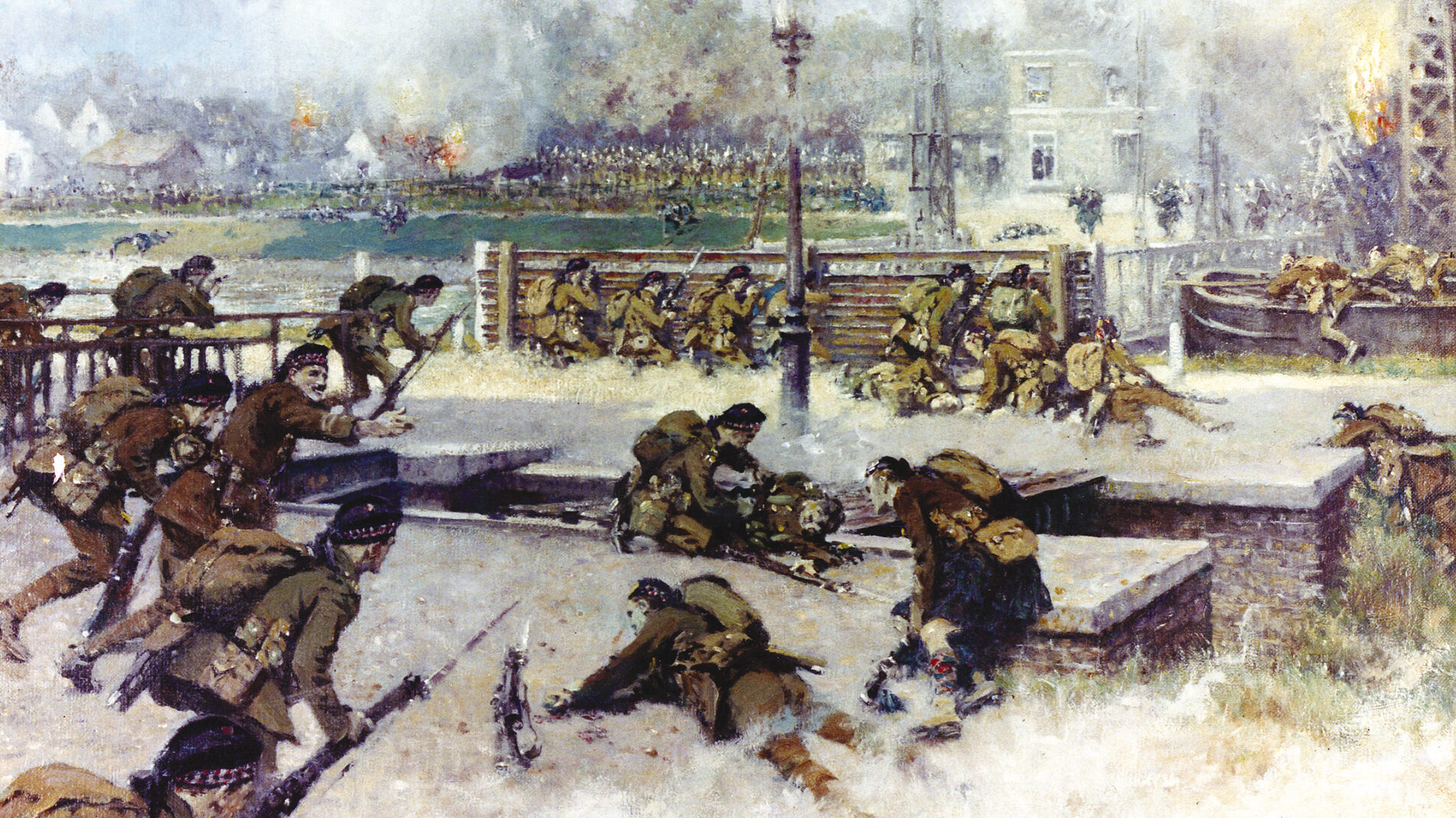
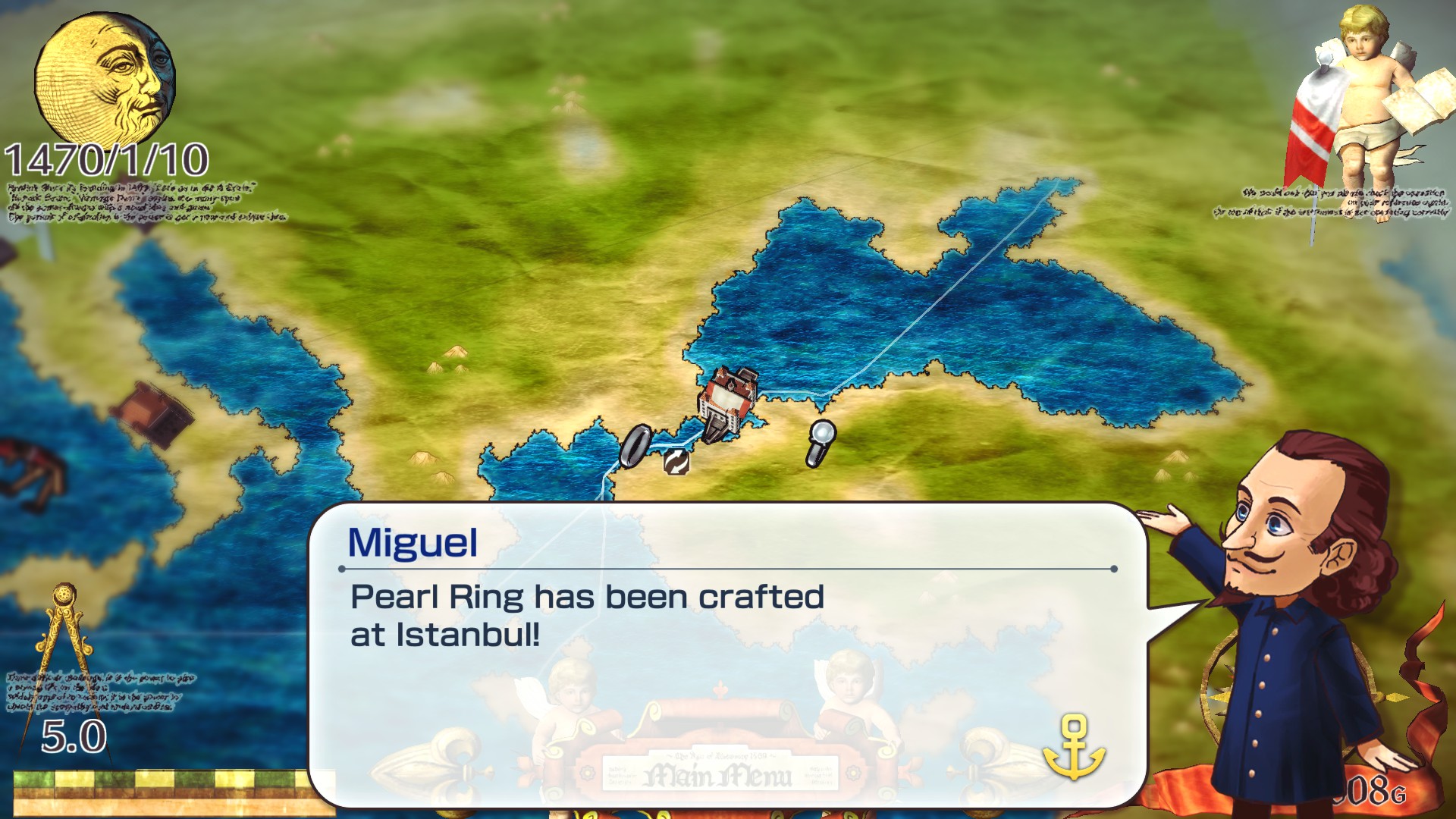
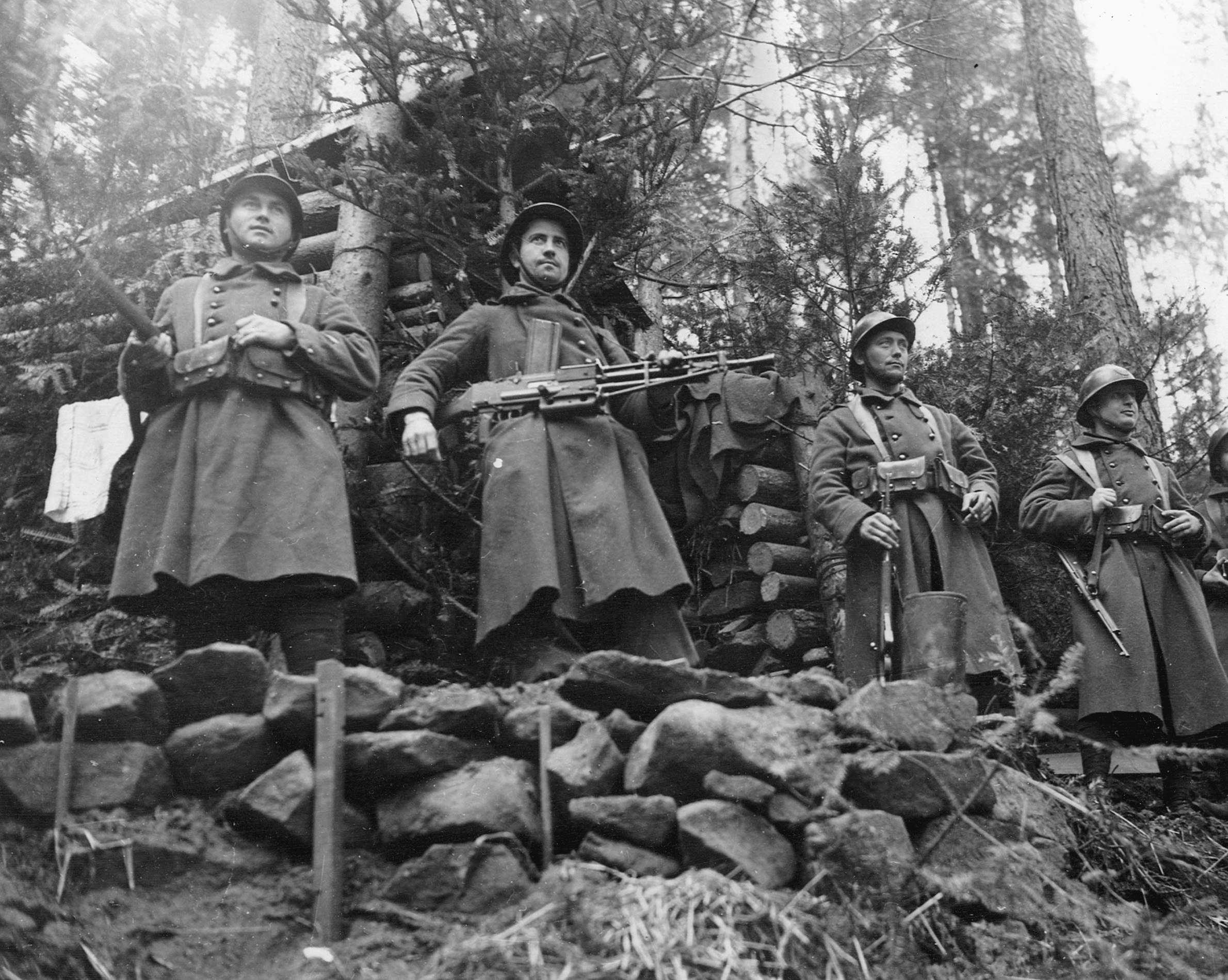
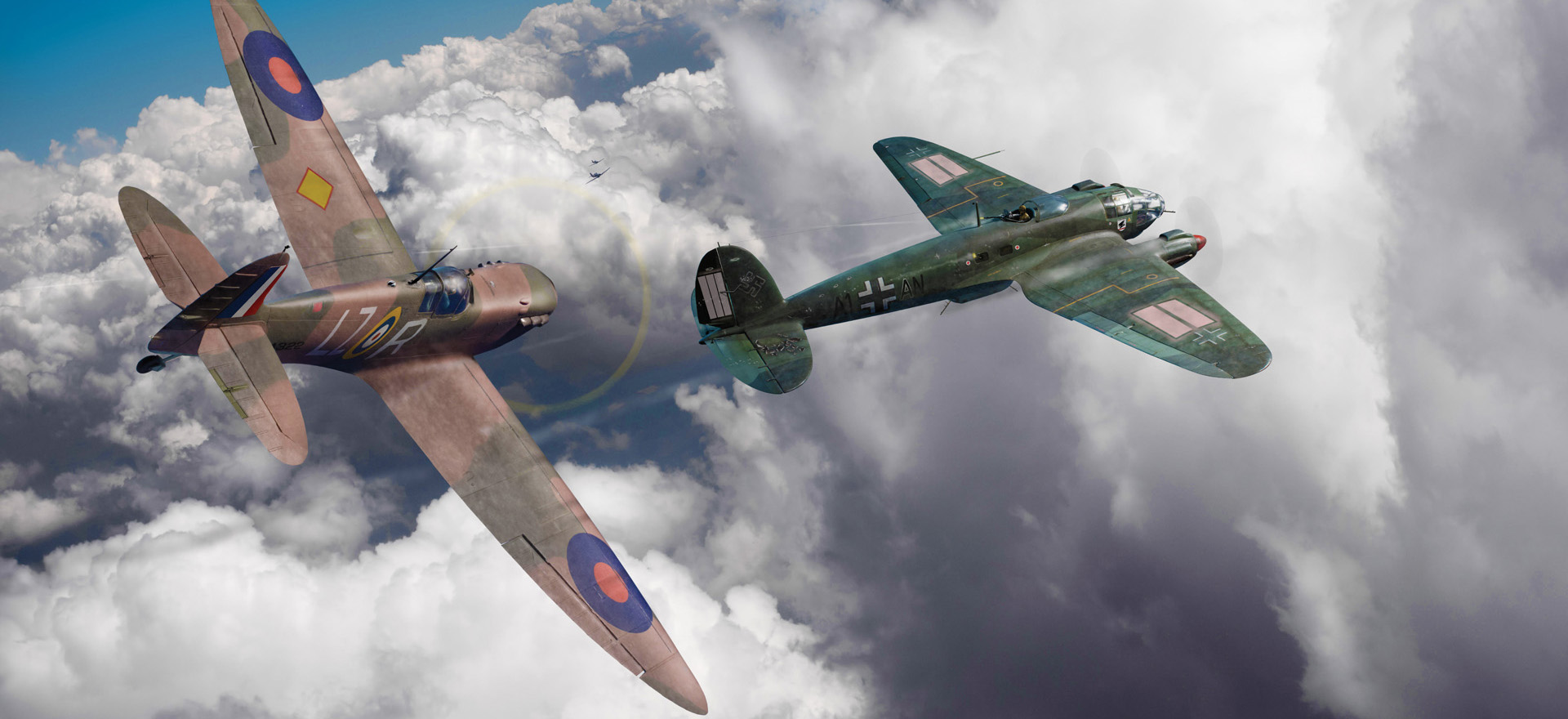
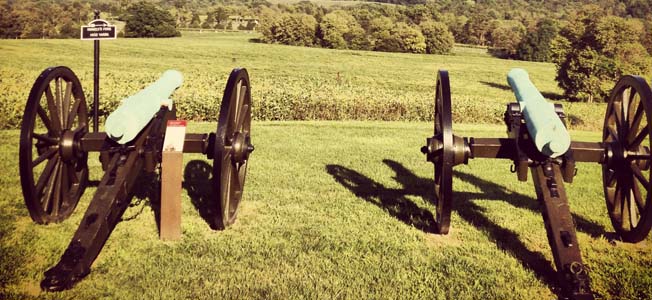
When I was serving in the U.S. Army (1962-1965) the commanding officer of my Intelligence Unit was Major Patojarvi (? sp). He was a veteran of the Russo-Finnish War. Under my prodding he described bits and pieces of that war but I never made an effort to understand it more fully. This article has enlighten me and provided a more complete account of that conflict.
I salute Major Patojarvi, and the entire Finnish nation for it’s heroic defense of their homeland. And, I thank Arnold Blumberg for his articulate presentation of the conflict in this article
Whatever you know or think about the short winter war bwetween Finland and the USSR-it must be remembered that contrary to your article and many others-Stalin was actually an admirer of Hitler. In fact-while neither one of the two “liked” or was friendly with, or a “crimey”, (a partner often met in prison-having formed tight and lasting associations).
However, Hitler’s extensive system of international intelligence and Stalin’s well known unwillingness to trust anyone close to himself-made Stalin as much a willing victim of the German’s vampire like abuses and invasion: as if he and Adolf were a married but separated couple.
So far did Stalin go in the essentially self destructive willingness to believe Hitler, that he had dozens of otherwise faithful Russian soldiers and spies executed for doing no more than telling him that the “Germans are coming and they are lying to you!”
Stalin never was able to believe any of this-thinking the “secret warnings” he had from Hitler and other German agents proved that his own people were traitors and spies.
Stalin might not have nearly ended a victim of his own stupidity had he just given his own people the credence he gave Germans. (Note: this seems a fatal flaw repeated by numerous Russians-in Tolstoy’s War and Peace”, there is a joke between Russians that the fastest way to power and command in the Russian military during the Napoleonic war, was to be a former German Commander or expatriate and to attract the Tzar’s attention thereby.